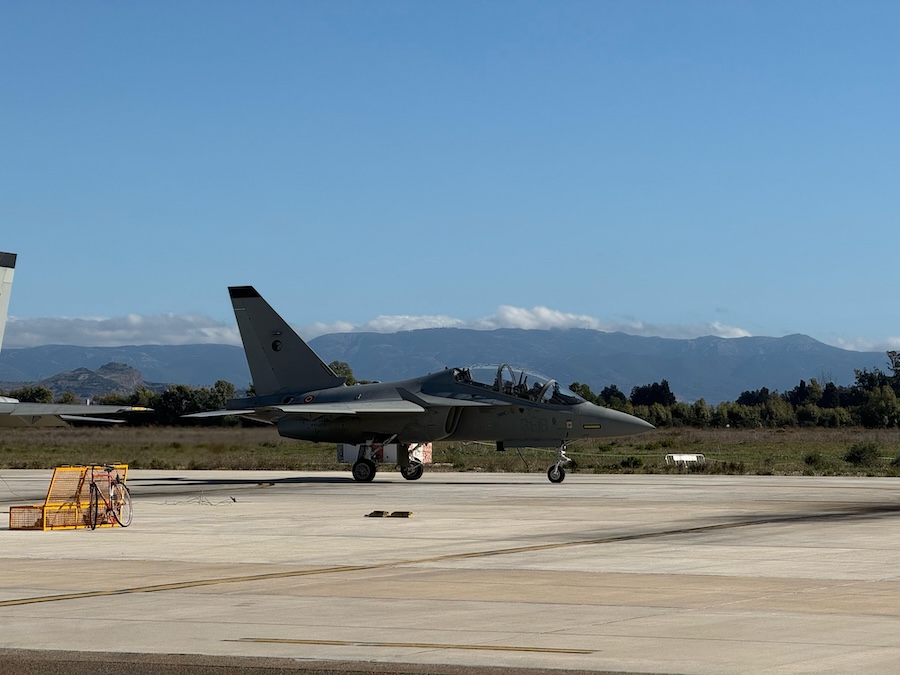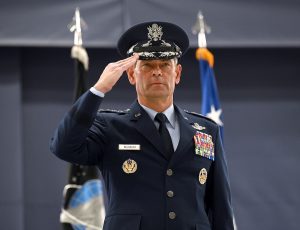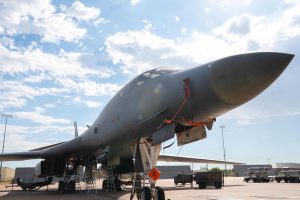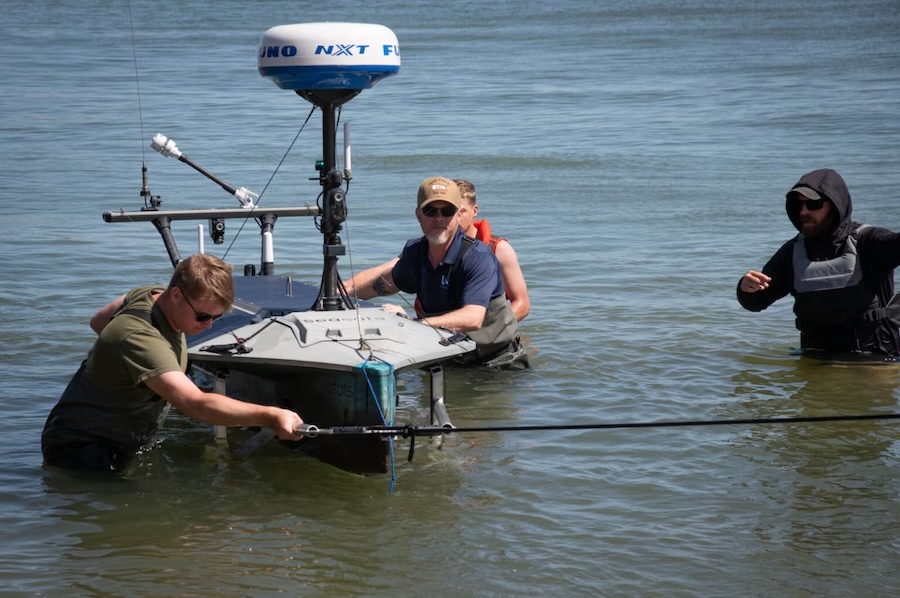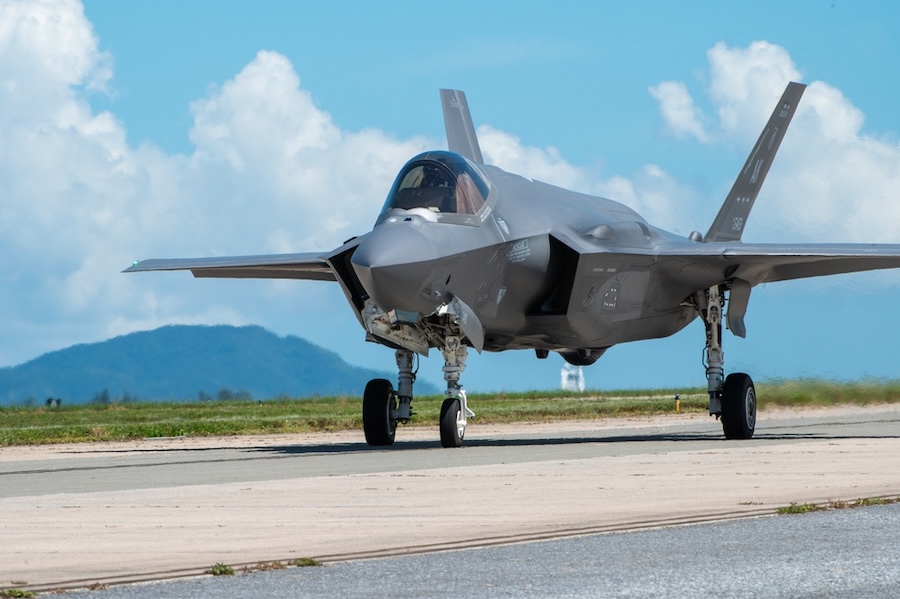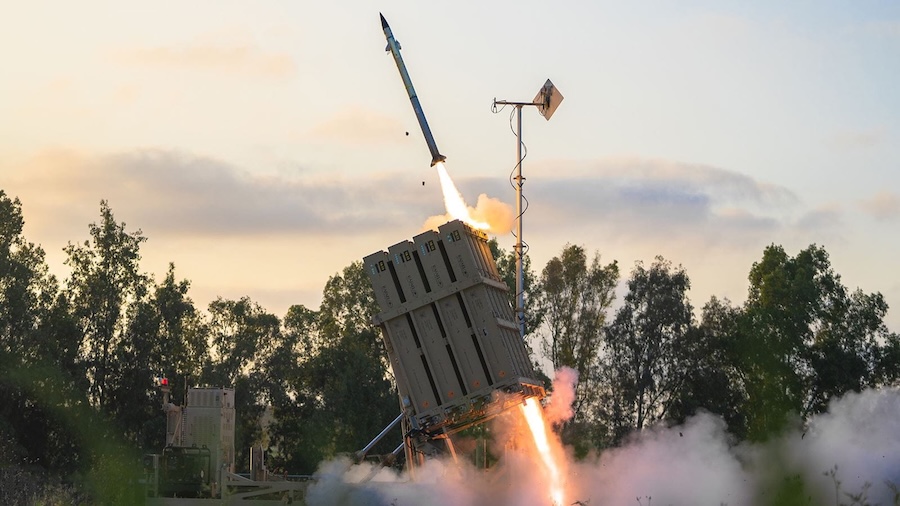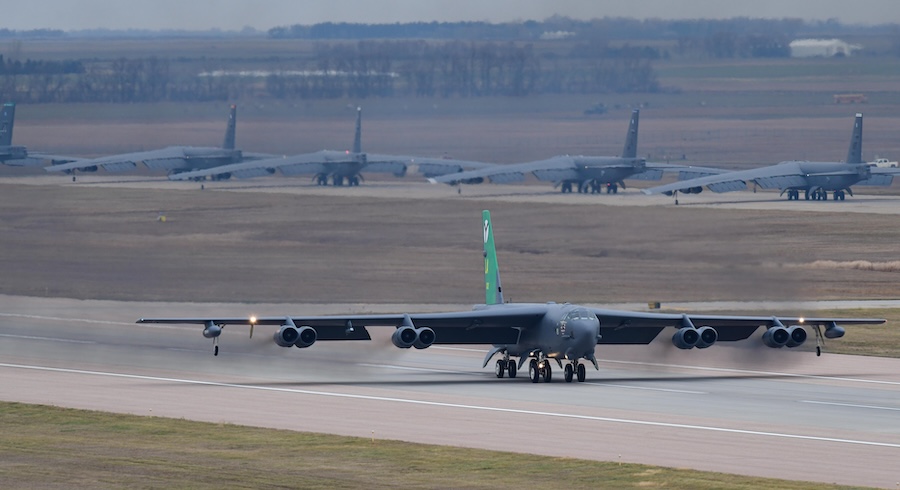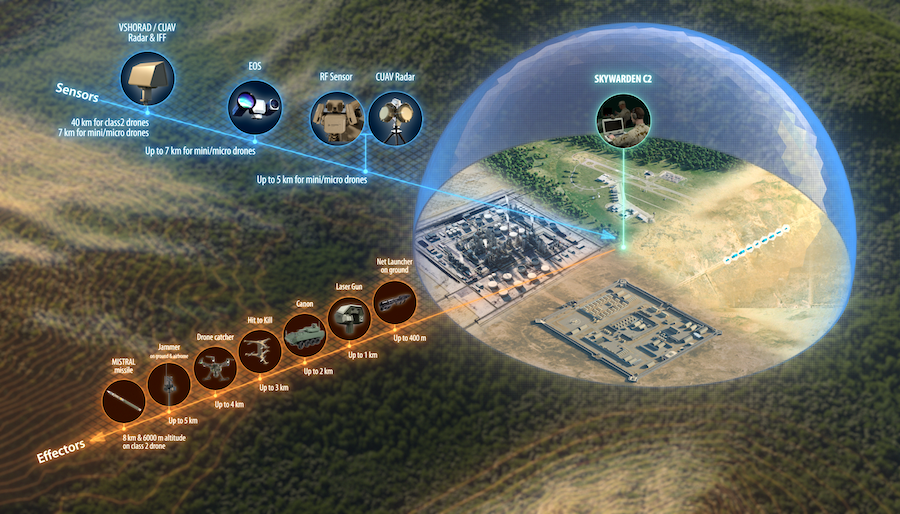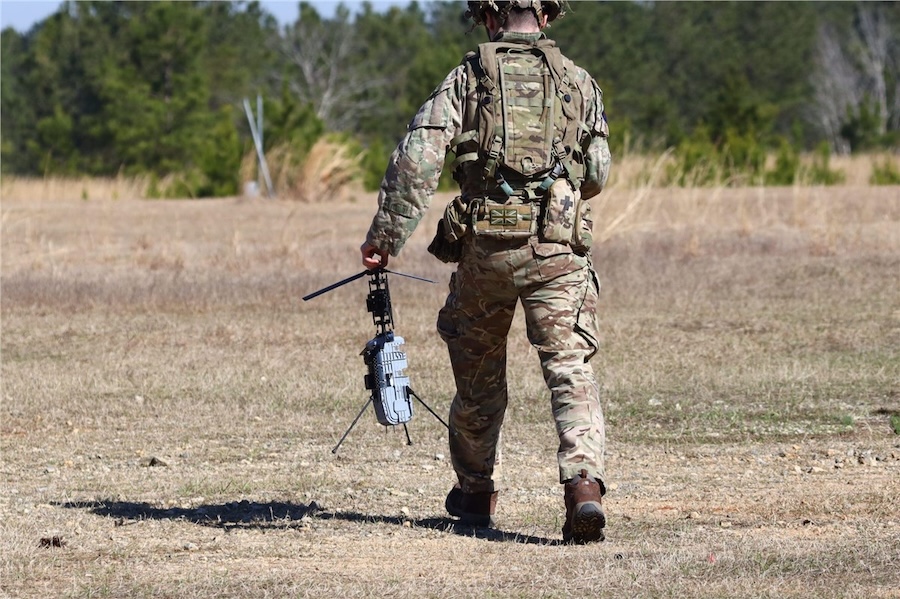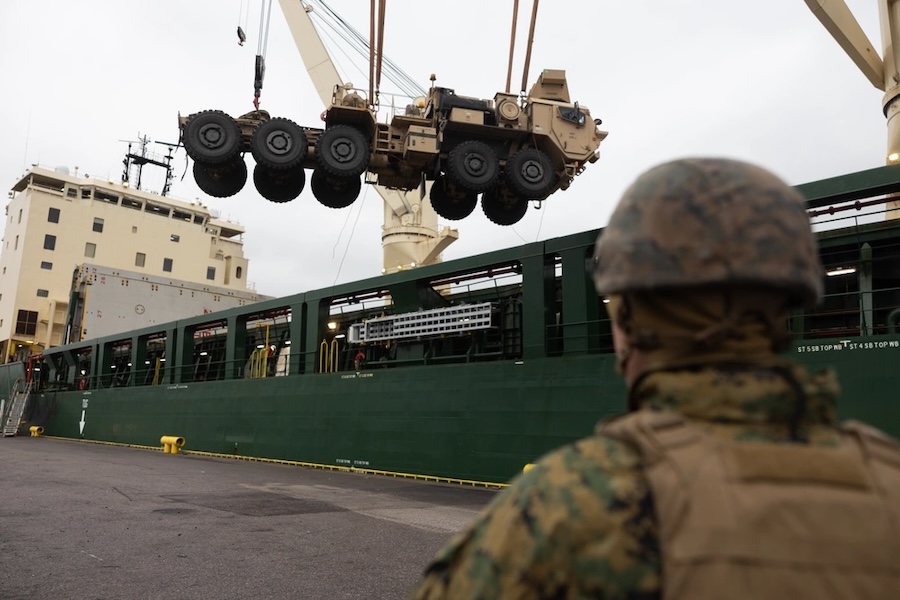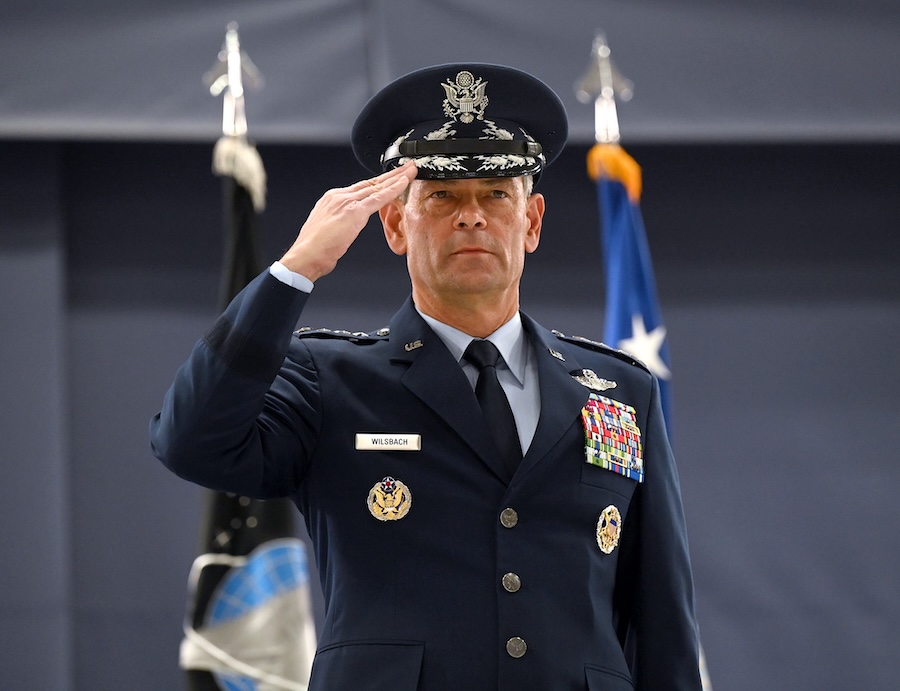“This initiative is expected to provide valuable data for optimizing pilot training methods as we prepare to ramp up the T-7A,” said Col. Corey Hogue, Capability Requirements Division chief, Air Education and Training Command. “Not only will we gather data on the effectiveness of our proposed syllabus, but we can also validate the feasibility of sending trainees directly from IPT to train in a modern training aircraft, like the T-7A Redhawk.”
“Sending these 10 students to Italy is the closest way we have to test the syllabus we have designed,” said Brig. Gen. Matthew Leard, director of Plans, Programs, Requirements and International Affairs. “After receiving some data and seeing how well the students are performing, I’m pretty excited.”
After completing the Basic Jet Training course, some students will remain at Decimomannu for advanced fighter training. They will complete a further 135 day T 346 course before moving to U.S. fighter formal training units, while the others will return to the United States for training in mobility, special operations or command and control roles.
This is the first time students have moved directly from civilian IPT to fast jet instruction using a single military trainer. The trial will help assess the future of undergraduate pilot training, which aims to raise annual production to 1,500 pilots and reduce the combat aircraft pipeline from 528 days to about 364.
The effort will also shape the potential role of the T 7A in future training structures by comparing outcomes across aircraft, identifying performance metrics and evaluating how advanced simulation can be integrated into live training. The broader aim is to increase throughput into operational platforms while maintaining strong quality and readiness standards for new Airmen.
The programme runs until June 2026 and will provide Air Education and Training Command with the data needed to refine the pilot training pipeline. The first T 7A aircraft is scheduled to arrive at Joint Base San Antonio Randolph in early December.




